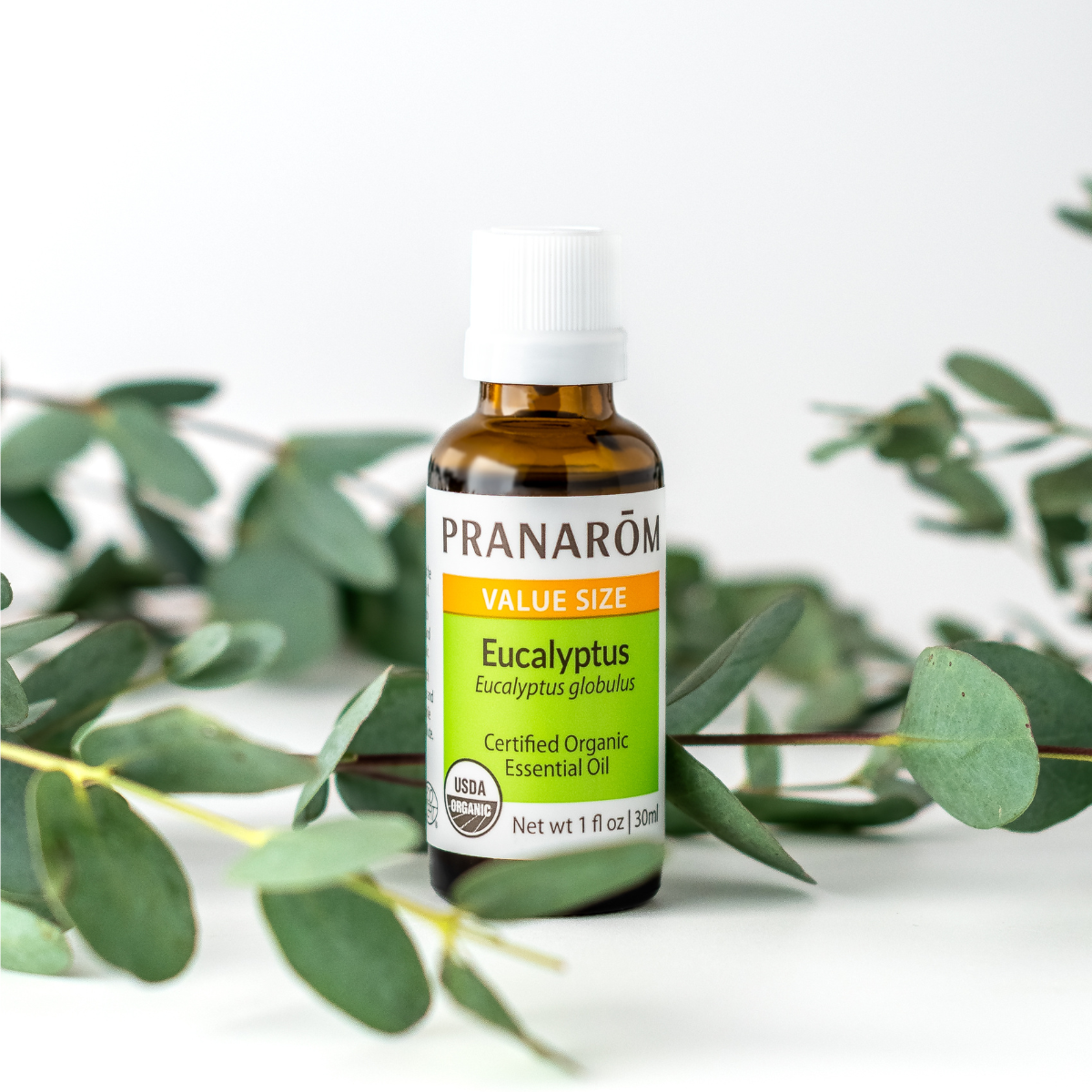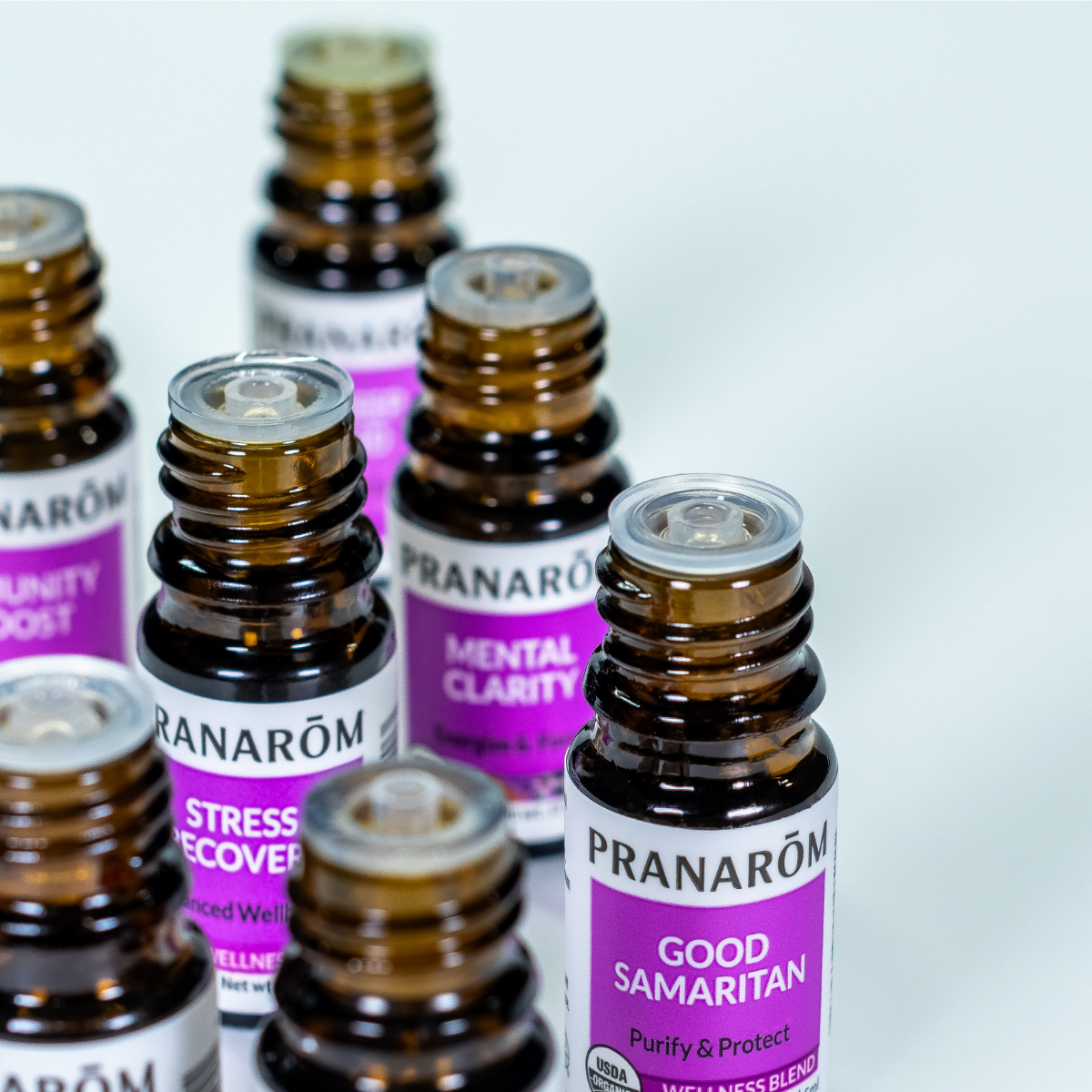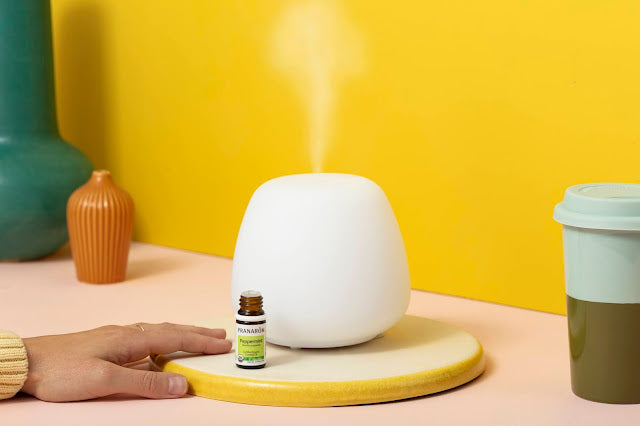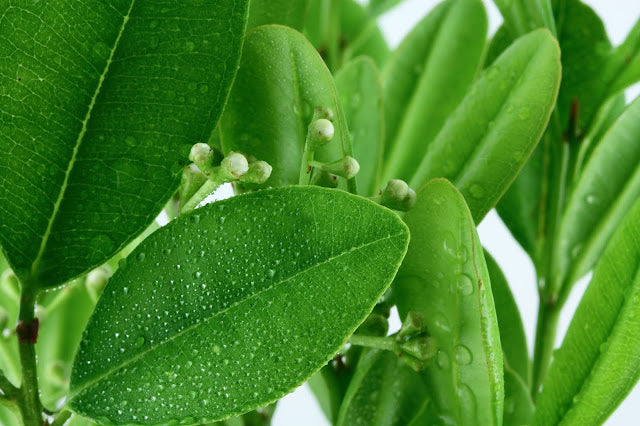Energize Your Mornings with Aromatherapy!
Fall has officially arrived, and the days are slowly getting shorter. Mornings don’t feel as bright and cheery as they did during the summer, especially now that my alarm rings while it’s still dark outside. Between the cooler temperatures and the later sunrise, lingering in bed longer in the dark morning hours is becoming so much more appealing than mustering the motivation to jump start my day.
And yet, I know that creating a positive and empowering morning self-care ritual will not only inspire me to get out of bed, but will also set my intentions for the day with energy and clarity.
This is the first of a three-part DIY remedies/self-care rituals series aimed to help you jump start your day, leaving you empowered, focused and ready to take on the world!
This personal inhaler recipe features a soothing, awakening blend of essential oils to gently clear the heavy fog of sleep from your body and mind. The ritual helps remind us to connect with our breath and feel grateful for the new day ahead.
Essential Oils:
- 16 drops Bergamot (Citrus bergamia)– For inspiring a peaceful sense of calm and a positive mindset.
- 10 drops Douglas Fir (Pseudotsuga manziesii) – For offering an experience of breathing space and inner strength, so we can feel both confident and mindful. Awakens our breathing passages and can stimulate the flow of energy.
- 12 drops Sweet Orange (Citrus sinensis) – For uplifting our mood, stimulating flow of energy and digestion, and keeping us positive.
- A personal inhaler (link to what I am talking about)
- A small metal or glass bowl
- A metal spoon or stirrer (it’s not advisable to use wood)
- A pair of tweezers, or small tongs
- A label
The Ritual:
Prepare your inhaler the night before and set it next to your alarm. As soon as your alarm rings in the morning, grab your personal inhaler and take at least 5 slow, even inhalations. As you inhale and exhale, practice a moment of gratitude and feel a connection to your breathing.
Your inhaler, if kept tightly closed after each use, should last at least a month to 6 weeks. Once the aroma begins to fade, you can replace with a new wick.
Stay tuned for more DIY recipes to energize your mornings next week!












